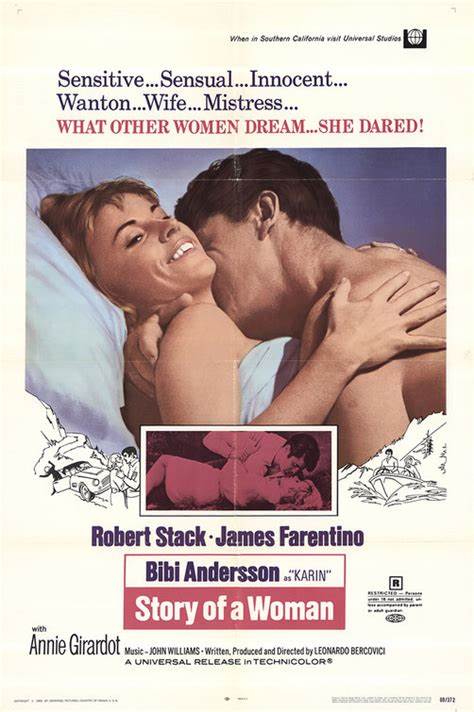In a recent conversation with czech comic book historian Pavel Korinek, we remarked how the field of comic book studies offers vast horizons for research; as opposed to other arts that have been endlessly analyzed and written over.
Up until now, comic book history and aesthetics have ben covered mostly by fans rather than academics (it's a gross over simplification, but it's true that the majority of in-depth books and articles about comic books have been written primarily by fans or insiders).
And while fans and aficionados can be incredibly precise about certain details of their favorite subject matter, at the same time they do not apply rigorous standards when it comes to vet their sources.
The situation is anyway improving every year: there is more care, more substantial journalism, more academic research, and the possibility to cross-check information with a lot of ease thanks to the internet (although, the internet plays a major role in spreading inaccuracies as it does in divulgating knowledge).
One seminal publication for me was the italian Marvel anthology STAR MAGAZINE.
Alongside italian translations of Marvel Comics material, this magazine used to cover many aspects of the medium in reviews, retrospectives or interviews (and to the magazine's credit, not only focusing in about Marvel stuff).
Those columns were like a primer for my interest in comic book history.
However I had to recently think about one specific bit of information found in the article "Cinema & Comicworld" from STAR MAGAZINE issue 22, July 1992 (page 91):
"James Cameron openly stated to have modelled the features of his Terminator on Ranxerox, created by Stefano Tamburini and Tanino Liberatore"
The art in the article supports this connection.
Is this true? Did this underground italian comic serve as inspiration for the ultra-popular franchise?
In a video about the making of The Terminator James Cameron claims to have got the idea for his unstoppable robot killer from a dream he had while filming Piranha 2 around 1982, in Rome.
That would put Cameron in Italy right in the period when Ranxerox was being published.
If one considers that Mr. Cameron has been less than transparent about how much inspiration he drew from a couple of Harlan Ellison stories for instance, and if one compares the looks of two characters, the claims seems legit.
The resemblance is undeniably there, both in concept and appearance.
However, I have an hard time believing it.
First of all, I have never found any interview with Cameron confirming that. It looks like this notion is being passed among bloggers, columnists and artists, but is still unsourced. A quote attributed to Stefano Tamburini, creator of Ranxerox, also circulates in a similar unsourced fashion (supposedly the creator Stefano Tamburini lamented the lack of credit, saying that Cameron could have at least bought him a cup of coffie).
Secondly, it is also known that Cameron wrote the role of the Terminator for actor Lance Henriksen: in Cameron's initial pitch the robot was supposed to look like an nondescript, unimpressive human.
Casting Arnold in the role was happenstance: after becoming a star thanks to Conan the Barbarian, the Austrian bodybuilder had enough clout to demand and obtain the title role in the film, something the producers were happy to indulge, but with which Cameron had problems, as it would have completely blown his concept of an average-looking killer.
However, he went along and the rest is history.
But if that were the case, how does the Ranxerox connection fit the narrative?
Is the resemblance of the two characters just a coincidence?
This post doesn't close the case in any way. I think it would be fun to further research this connection, but if the burden of proof lies with the accuser, then Tamburini (who has passed away since 1986) should have brought more arguments and every other reporting the story should better check his or her sources.







